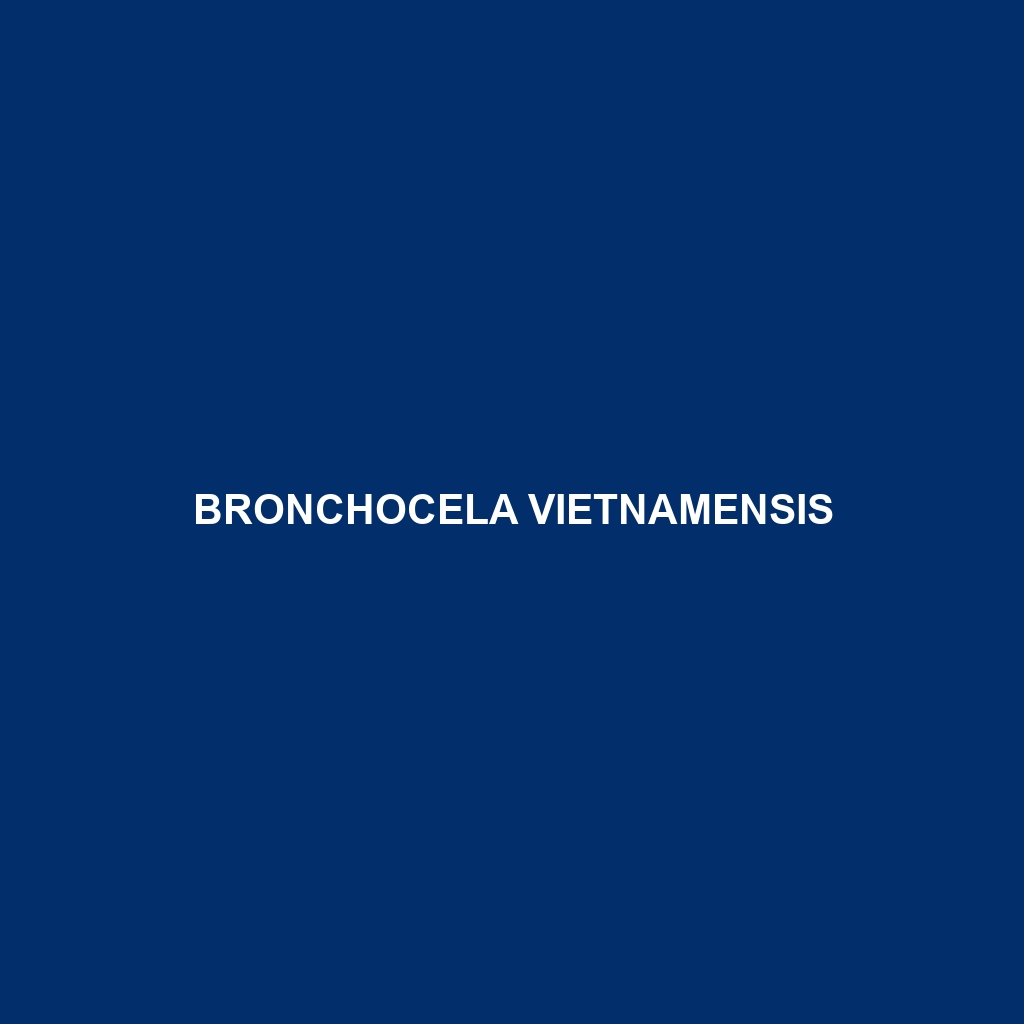Bronchocela vietnamensis
Common Name: Bronchocela vietnamensis
Scientific Name: Bronchocela vietnamensis
Habitat
The Bronchocela vietnamensis, commonly known as the Vietnamese bristlehead, is primarily found in the dense forests of Vietnam, particularly in the northern mountainous regions. This species demonstrates a strong preference for humid, evergreen forests where it can easily blend into the foliage. They are typically located at elevations ranging from 200 to 1,500 meters above sea level, making them well-adapted to their specific environmental conditions.
Physical Characteristics
The Bronchocela vietnamensis is a medium-sized lizard, reaching lengths of up to 30 cm. Its body is characterized by a flattened, elongated shape, which aids in camouflage against tree bark and leaves. The coloration ranges from vibrant green to brown, with some individuals displaying a gradient of colors. Distinctive features include a series of elongated, pointed scales along its back, resembling a bristle-like texture, which differentiates it from other lizard species.
Behavior
This lizard exhibits a primarily arboreal lifestyle, often seen basking on tree branches or hunting for insects. The Bronchocela vietnamensis is known for its remarkable ability to blend into its surroundings, which is an effective strategy for avoiding predators. When threatened, it may flatten its body and remain motionless, using its camouflage to evade detection.
Diet
The diet of Bronchocela vietnamensis primarily consists of insects, particularly ants, beetles, and caterpillars. They are also known to consume other small invertebrates found in the forest understory. As opportunistic feeders, these lizards play a critical role in controlling insect populations within their habitat.
Reproduction
Reproduction occurs during the warmer months, typically between May and August. The Bronchocela vietnamensis lays eggs, with clutches often consisting of 2 to 5 eggs. After a gestation period of approximately 60 to 90 days, the eggs hatch, and young lizards are independent shortly after emerging from their eggs. Maternal care is minimal after hatching.
Conservation Status
The Bronchocela vietnamensis is currently listed as vulnerable due to habitat destruction and fragmentation. Deforestation for agriculture and urban development poses significant threats to their populations. Conservation efforts are essential to protect their natural habitats and ensure their survival.
Interesting Facts
One fascinating trait of the Bronchocela vietnamensis is its ability to change color slightly in response to environmental changes or mood. This lizard is also known for its unique courtship display, which involves head bobbing and positional changes to attract mates.
Role in Ecosystem
The Bronchocela vietnamensis plays a crucial role in its ecosystem as both a predator of insects and a prey species for various birds and mammals. By controlling insect populations, this lizard contributes to the ecological balance within its forest habitat and is an essential component of the food web.
